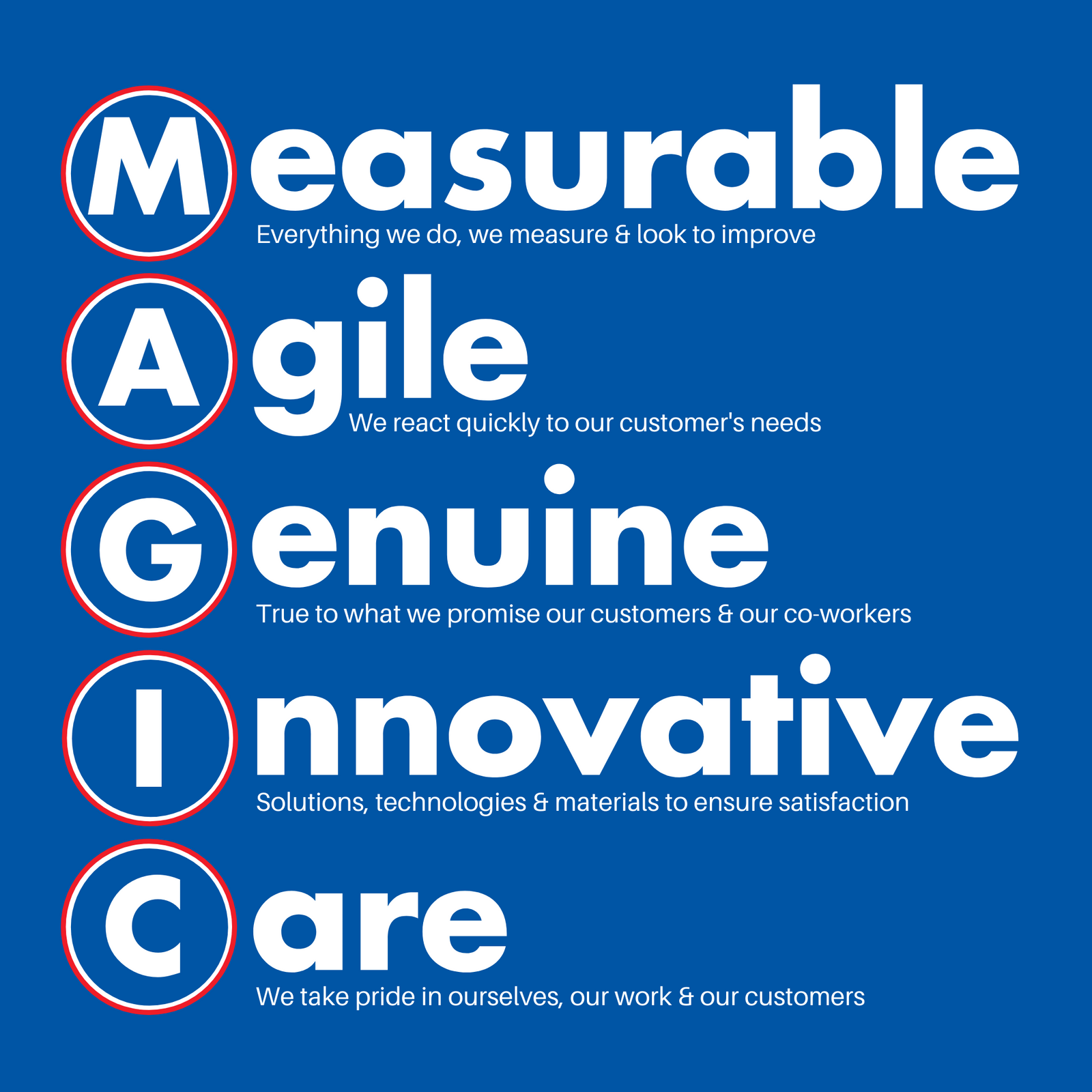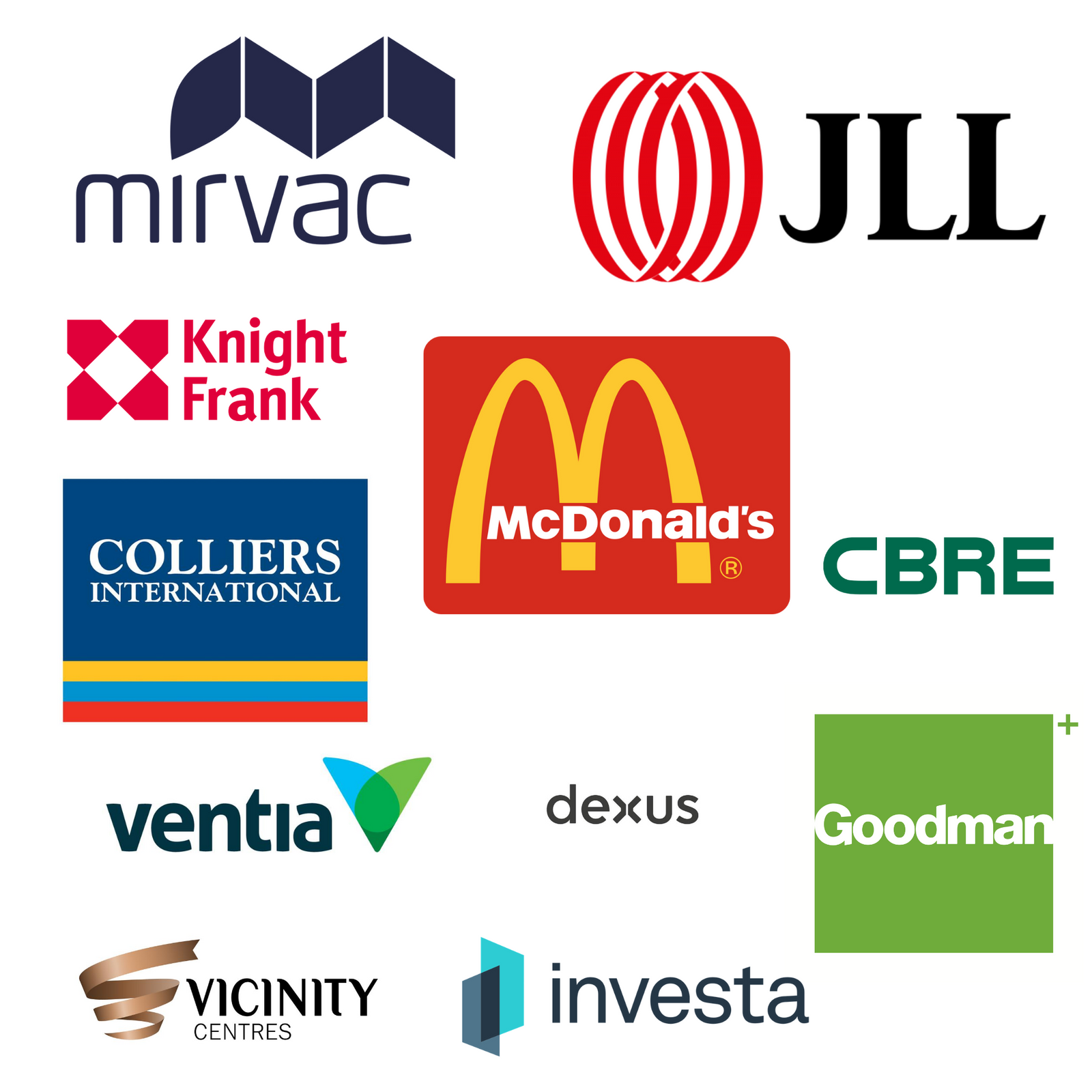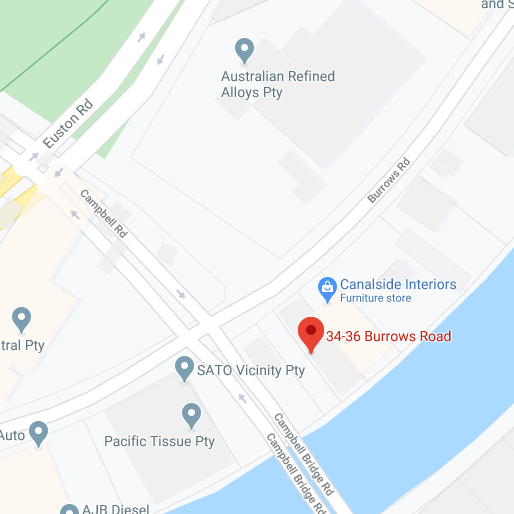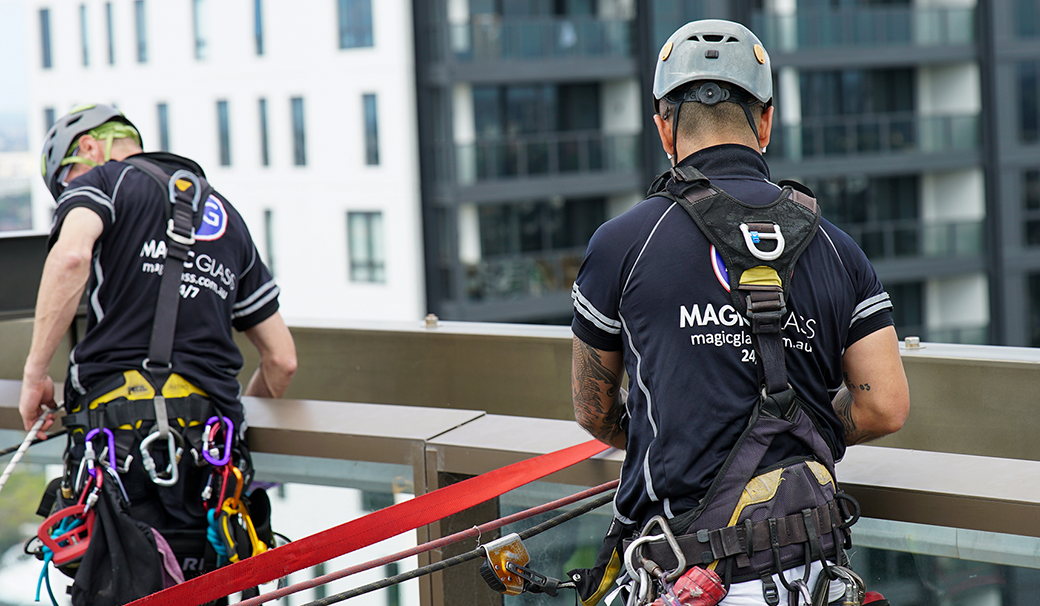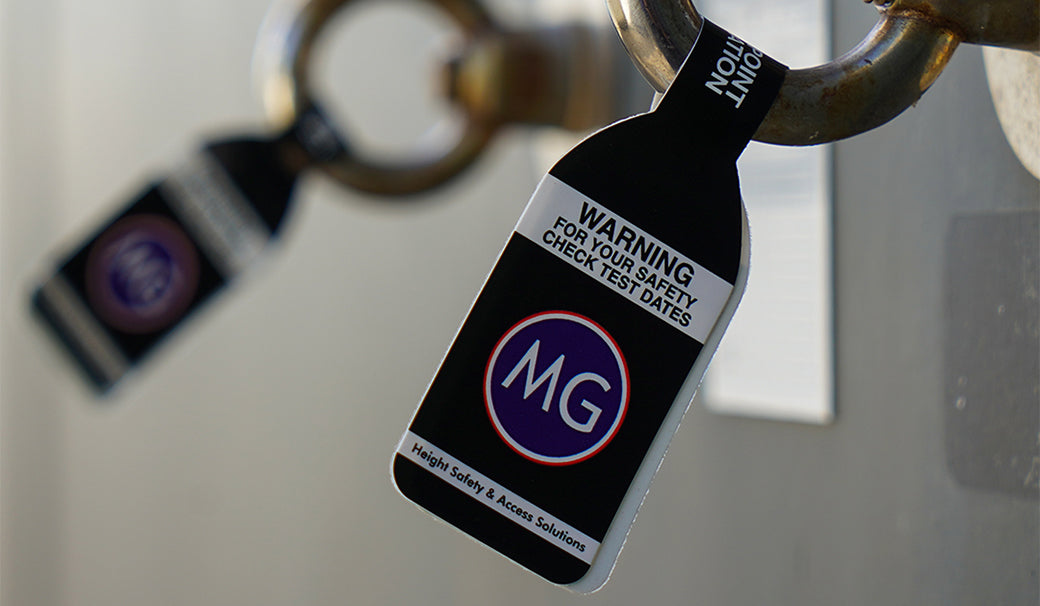
When it comes to working at heights, implementing effective safety procedures is a must. Falls from heights are the second leading cause of work-related mortalities within Australia, so ensuring your building or worksite is secure and has preventative measures in place is critical.
The most common types of height safety systems are fall arrest and fall restraint systems. Although they are commonly used interchangeably, they have a number of key differences. Read on to find out more.
Fall Arrest Systems
Fall arrest systems are designed to protect workers in the event of a fall. When a worker falls, the arrest system will catch them, preventing the occurrence of injuries or deaths.
Fall arrest systems fall into two categories - personal and general. Personal fall arrest systems involve specific Height Safety PPE and attachment systems, such as harnesses and ropes. General fall arrest systems protect all workers as a whole rather than individually, such as safety nets and catch platforms. Both types of fall arrest systems should prevent workers from falling no more than two metres.
Examples of fall arrest systems include:
- Full-body harnesses
- Suspension belts
- Rope lanyards
- Safety nets
- Catch platforms
Fall Restraint Systems
Fall restraint systems are preventative safety measures. They are designed to prevent falls altogether, rather than catching workers after they have fallen.
Examples of fall restraint systems include:
- Guardrails
- Walkway systems
- Static restraint lines
These restraint systems are used for lower-risk situations, where falling is less likely or less hazardous.
Having effective fall protection systems in place is an absolute necessity in preventing workplace injuries and deaths.
If you’re unsure about your requirements or what fall protection equipment you should be using for your building or worksite, get in contact with Magic Glass for more information.


